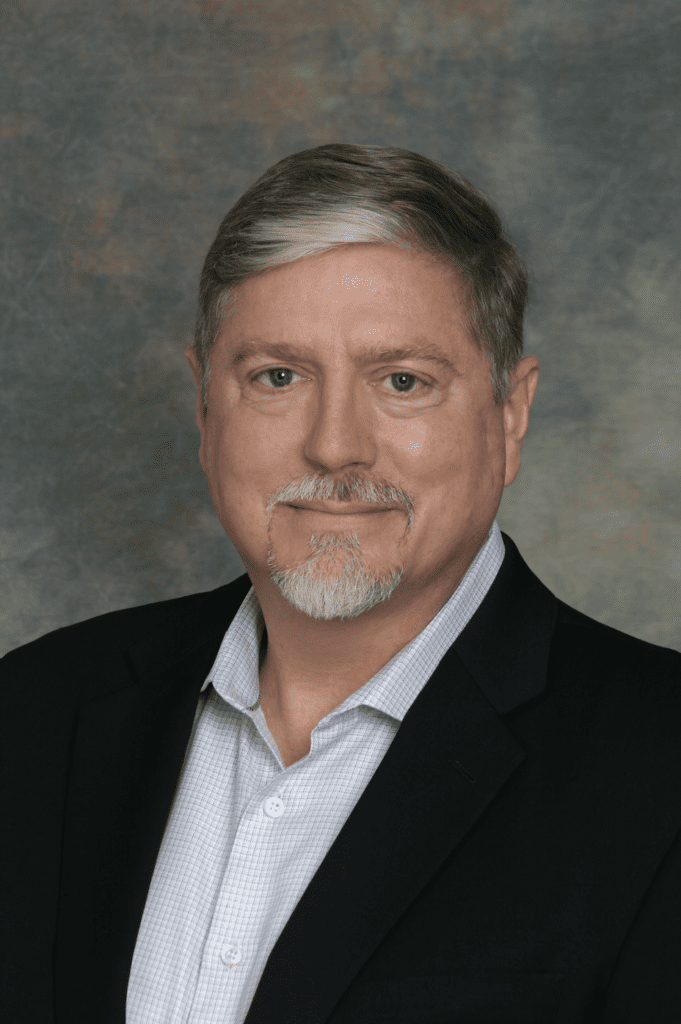
Andy Thurling is the new Vice President of Airspace Innovation at DroneUp. (Photo: DroneUp)
Autonomous drone delivery platform DroneUp has partnered with Walmart to operate drone delivery services since November 2021. In May, the companies announced plans to expand beyond the launch region of Arkansas to include Arizona, Florida, Texas, Utah, and Virginia. By the end of 2022, they expect to operate out of 34 sites in total.
Just a few weeks ago, DroneUp appointed Andy Thurling as the company’s Vice President of Airspace Innovation. Previously, Thurling was the Chief Technology Officer (CTO) at NUAIR (Northeast UAS Airspace Integration Research Alliance). According to the announcement from DroneUp, he led technical research of unmanned aircraft system (UAS) technologies and evaluated techniques for compliance verification in New York’s 50-mile drone corridor.
“Safety and security are fundamental to building a successful drone business,” Thurling told Avionics International in an interview. DroneUp employs qualified remote pilots for monitoring all phases of drone operation, he explained, which illustrates the importance the company places on safety and security.
Although DroneUp’s operations must adhere to the restrictions imposed by the Part 107 “small drone rule,” Thurling shared that they focus on making a successful business within what is permitted under current regulations. The company, he said, “has done a great job identifying the commercial use cases that may be safely and effectively conducted under the existing rules.” He added that Part 107 actually permits a significant range of safe drone operations to be performed.

“We employ a qualified remote pilot to monitor all phases of the operation.” –Andy Thurling (Photo: DroneUp)
Part 107 requires drone operations to occur within the line of sight of a visual observer, but that rule can be waived if safety can be established with a thorough safety analysis and putting certain mitigations in place.
“There is an exclusion specific to delivering packages beyond visual line of sight [BVLOS] that keeps us from even asking for a waiver,” Thurling noted. “We think this rule is out-dated and we hope to see it changed.”
The Federal Aviation Administration has not published a framework for expanding operations beyond Part 107 yet. In contrast, the European Union Aviation Safety Agency (EASA) is progressing more quickly, Thurling said. EASA has provided a rule “for establishing U-Space, their system of collaborative traffic management for UAS at low altitudes,” he stated. The limitation with EASA’s rule, however, is that it does not describe risk-proportionate means of compliance.
DroneUp was a participant in the FAA’s Aviation Rulemaking Committee (ARC) for BVLOS operations. “We made a number of recommendations for expanded operations for BVLOS operations,” Thurling remarked, adding that he looks forward to seeing how many of these recommendations will be incorporated into future regulations, or what the BVLOS ARC calls “Part 108.”
DroneUp is also involved in coordinating with standards development organizations such as ASTM, ISO, RTCA, and EUROCAE. The DroneUp team aims to use real-world operational experience to assist the regulators in writing industry standards, according to Thurling.
Before joining DroneUp, Thurling had already been working for over 15 years to address one of the biggest challenges for autonomous drones—collision avoidance for BVLOS operations. “When you start looking at operating out of the visual line of sight of the pilot, you very quickly begin to realize what the onboard pilot brings to the safety equation,” he explained. “Replacing the pilot with systems that can avoid obstacles and other aircraft is no small task.”
DroneUp’s CTO John Vernon expects drone technology to evolve very quickly. “There’s certainly an appetite for allowing for BVLOS and further flight operations” in multiple categories, he told Avionics. “We want to stay nimble and be able to make adjustments as technology evolves.”